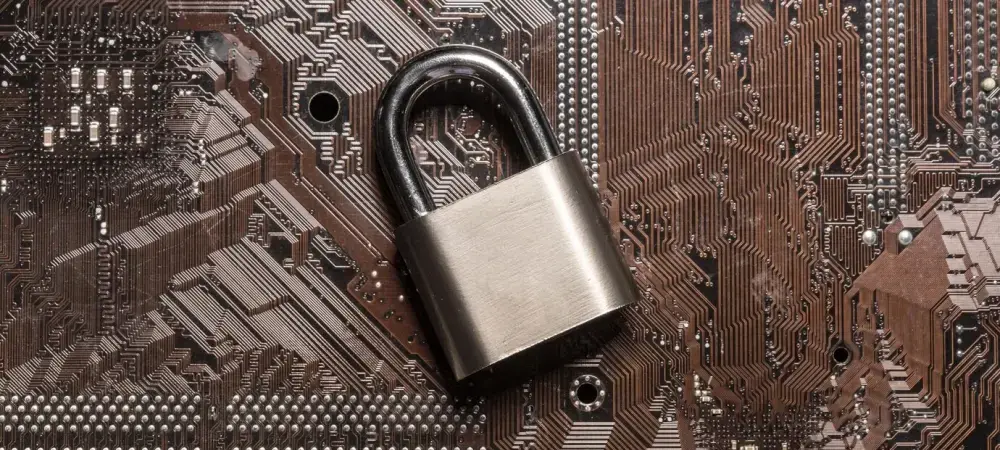In an era where digital security is paramount, a new and sophisticated threat vector has emerged that exploits even the most secure environments. This involves weaponizing legitimate hardware devices to breach systems, a method increasingly employed by both nation-state actors and financially motivated attackers. The challenge arises when compromised hardware is stealthily introduced into an organization’s network, perhaps through the hands of an insider or via supply chain manipulation. Such hardware, laden with malware, can launch devastating attacks reminiscent of the infamous Stuxnet worm that targeted Iran’s nuclear facilities. These attacks not only facilitate data and financial theft but also hold the potential for industrial sabotage, creating significant concerns across sectors like finance and energy.
Vulnerabilities in Physical Security
Despite advancements in cybersecurity, recent incidents illustrate that the most sophisticated digital defenses can be rendered ineffective by a compromised physical device. A striking case involved manipulated keyboards and a Raspberry Pi Zero W, which successfully infiltrated a highly secure energy carrier network. This incident highlights a sobering truth: physical security measures are often inadequate. Organizations may rigorously adhere to recommended cybersecurity protocols, yet these attacks demonstrate the alarming ability to circumvent such defenses through physical means. The reluctance to report such breaches stems from fear of organizational embarrassment, potentially silencing critical discussions and perpetuating vulnerabilities. Consequently, it is vital for companies to reassess their current security practices to address these novel and insidious threats.
Innovative Strategies for Mitigation
Given the underreported nature and complex execution of these attacks, there is an undeniable urgency for innovative security strategies. Emphasizing physical security alongside digital measures is critical. Organizations are urged to enhance their physical defenses and adopt tools that allow for continuous hardware monitoring, designed to detect and respond to anomalous activities promptly. Importantly, the agility to adapt creatively to evolving threats cannot be overstated. Awareness and preparedness are crucial in countering the sophisticated methods employed by adversaries. The ability to identify weaknesses and implement comprehensive strategies will not only protect against existing threats but also fortify defenses against future challenges. As the security landscape continues to evolve, organizations must remain vigilant and proactive in safeguarding their assets and infrastructure.

